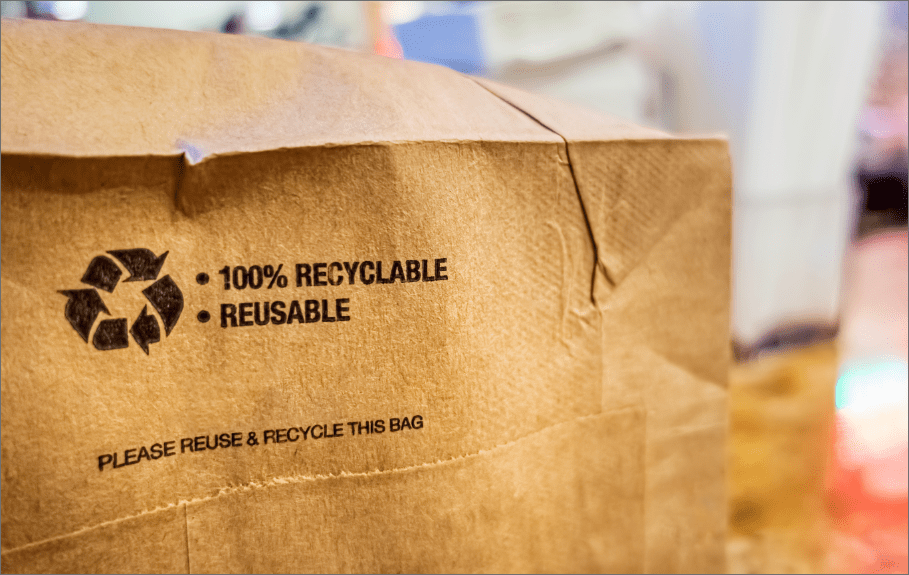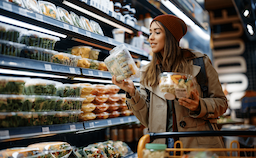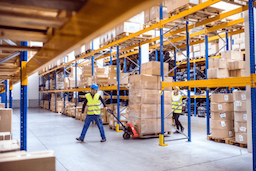May 2, 2022
Sustainable Packaging Trends for FY 2022-23

The surge in deliveries, wastage of packaging, and a growing consciousness of the digitally savvy customer will force brands to consider sustainable packaging options carefully. Most studies indicate that consumers also evaluate brand packaging on their green footprint and low-touch point processes (the lesser, the better).
Here are the most important reasons why brands should strongly consider transforming their packaging usage:
- Be the ‘right’ brand – Customers prefer brands with more sustainable packaging than their competitors.
- Talent retention – By doing the ‘right thing,’ brands build the perception of being a responsible producer, which affects employees’ morale and loyalty.
- Reduction of carbon footprint and costs – extends to the financial and social responsibility aspect advantages, which are measurable.
- Investment opportunities – the world is veering towards investing responsibly, and larger AUMs focus on brands adhering to ESG norms.
- Key trends that are emerging in the sustainable packaging world and will shape the packaging industry. Sustainability has become the most important driver for intelligent packaging growth.
Brands are continuously working in improving their packaging to make it more eco friendly throughout the supply chain. Brands are switching to renewable energy and are practicing recycling.The real question is how do one keep their packaging both sustainable and distinctive?
Examples of Sustainable Packaging Alternatives
Here are some examples of alternative materials that could play a significant role in the packaging industry in the next few years:
- Bio-based Plastics – Bio-based plastics typically use food crops such as corn and sugarcane, both available in surplus in the country.
- Polylactic acid (PLA) – Transparent solid polymer that is similar to PETE polymer but has a significantly lower maximum continuous use temperature
- Poly hydroxyalkanoate (PHA) – is a much more eco-friendly polymer that can handle high temperatures and decompose in soil and waterways. Both alternatives are made from fermented corn sugar, and they can decompose up to 90% within 90 days if disposed properly.
- Paper-based packaging – Corrugated box and other forms of paper-based packaging are biodegradable if it does end up in landfill, can be easily recycled by end-users, and the raw material is carefully managed (basically planting more trees)
- Edible packaging – Natural polymers in food packaging, like Algae, seaweeds, polysaccharides, proteins, lipids, or composites.
As one of the world’s largest packaging supply chain platforms, our endeavor to digitize end-to-end procurement is what manufacturers need to capitalize on the massive influx of demand for better packaging solutions soon.Moglix is helping 700+ customers and 18000+ suppliers manage demand and supply worldwide



